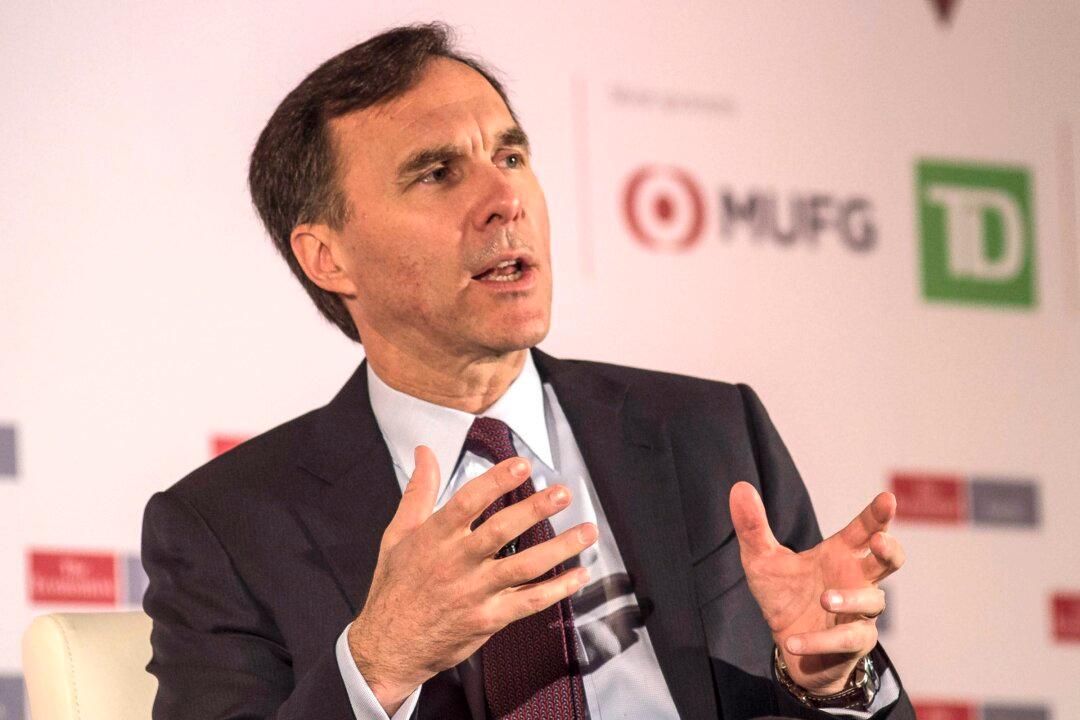TORONTO—Just throwing money at the problem won’t solve Canada’s innovation enigma. A cultural shift needs to take place where innovators are celebrated and not scorned for failure. Appropriate government policy also has a critical enabling role to play.
These are some of the takeaways from The Economist’s Canada Summit on June 8 where entrepreneurs, business leaders, and policy makers united to share ideas on kick-starting innovation.
It is a much-needed discussion as Canada ranks 22nd in the World Economic Forum’s innovation ranking despite having the lowest business operating costs in the G7, the world’s soundest banking system, a high standard of living, and educated workforce.
The end goal is scaling up companies—taking a company’s revenue from say $10 million to $100 million a year. In Canada, just 0.2 percent of companies have more than 500 employees.





